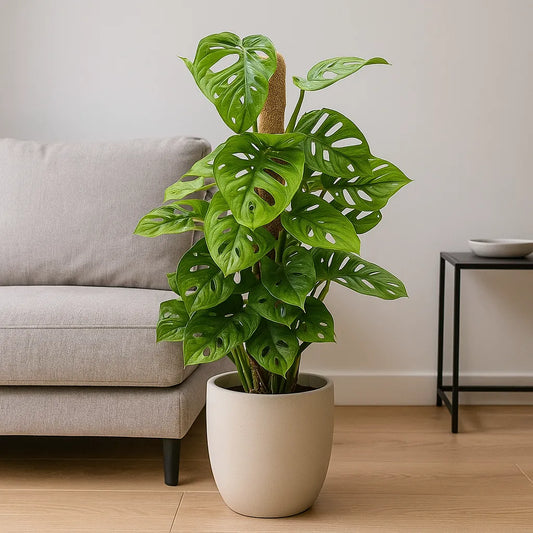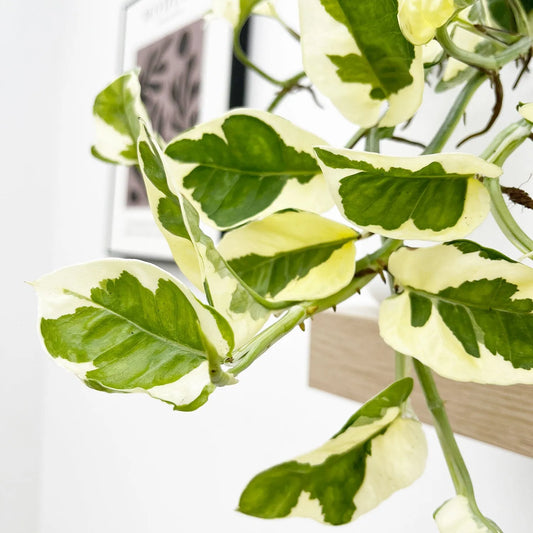Guide to using lady bugs on houseplants
Ladybugs are one of the most popular and effective beneficial insects for your indoor garden. They are voracious predators that help control a variety of pests, ensuring your plants remain healthy and vibrant. This detailed guide will provide you with the essential knowledge to attract and care for ladybugs in your home, harnessing their natural pest-fighting abilities to maintain a thriving, pest-free indoor garden.
- Why Ladybugs Are Beneficial
Ladybugs are highly beneficial to indoor gardens for several reasons:
- They are effective predators of soft-bodied pests, such as aphids, mealybugs, and whiteflies.
- Ladybugs can help reduce the need for chemical pesticides, making your indoor garden more eco-friendly.
- They have a rapid reproduction rate, allowing their populations to increase quickly and adapt to various pest infestations.
- Attracting Ladybugs to Your Indoor Garden
Here are some tips for attracting ladybugs to your indoor garden:
- Introduce nectar-rich plants, such as marigolds, dill, or fennel, which provide essential food sources for adult ladybugs.
- Create a suitable habitat by including plants with varying textures and structures that offer shelter for ladybugs to lay their eggs.
- Consider purchasing ladybugs from a reputable supplier and releasing them into your indoor garden following the supplier's instructions.
- Caring for Ladybugs in Your Indoor Garden
To ensure your ladybug population thrives in your indoor garden, follow these guidelines:
- Maintain proper ventilation and humidity levels to create a comfortable environment for ladybugs.
- Minimise or eliminate pesticide use, as chemicals can harm ladybugs along with the pests.
- Provide a continuous food source by incorporating various plant species that attract and support different types of pests.
- The Lifecycle of a Ladybug
Understanding the ladybug lifecycle can help you better care for these beneficial insects:
- Eggs: Ladybugs lay their eggs on the underside of leaves, close to food sources like aphids.
- Larvae: Once hatched, the larvae are the most voracious stage, consuming large numbers of pests.
- Pupae: After several weeks of feeding, the larvae will attach to a leaf or other surface to pupate.
- Adults: The adult ladybugs emerge from the pupae and continue to feed on pests while also searching for mates to reproduce.
Ladybugs are a fantastic ally for your indoor garden, helping to keep pests under control while reducing the need for chemical interventions. By attracting, nurturing, and understanding these little warriors, you can maintain a healthy, vibrant, and pest-free indoor garden. Embrace the power of ladybugs and enjoy the lush, thriving beauty of your houseplants.










